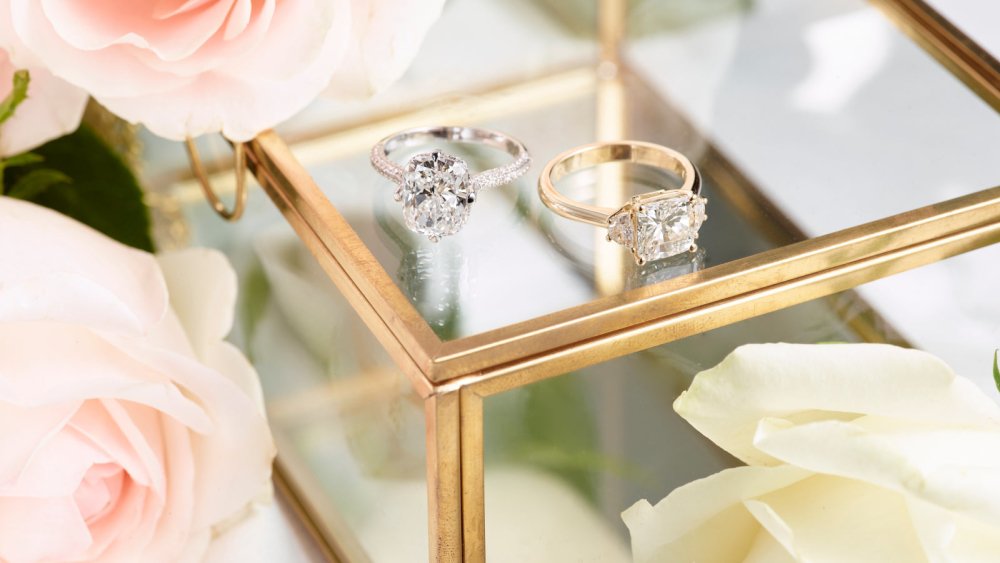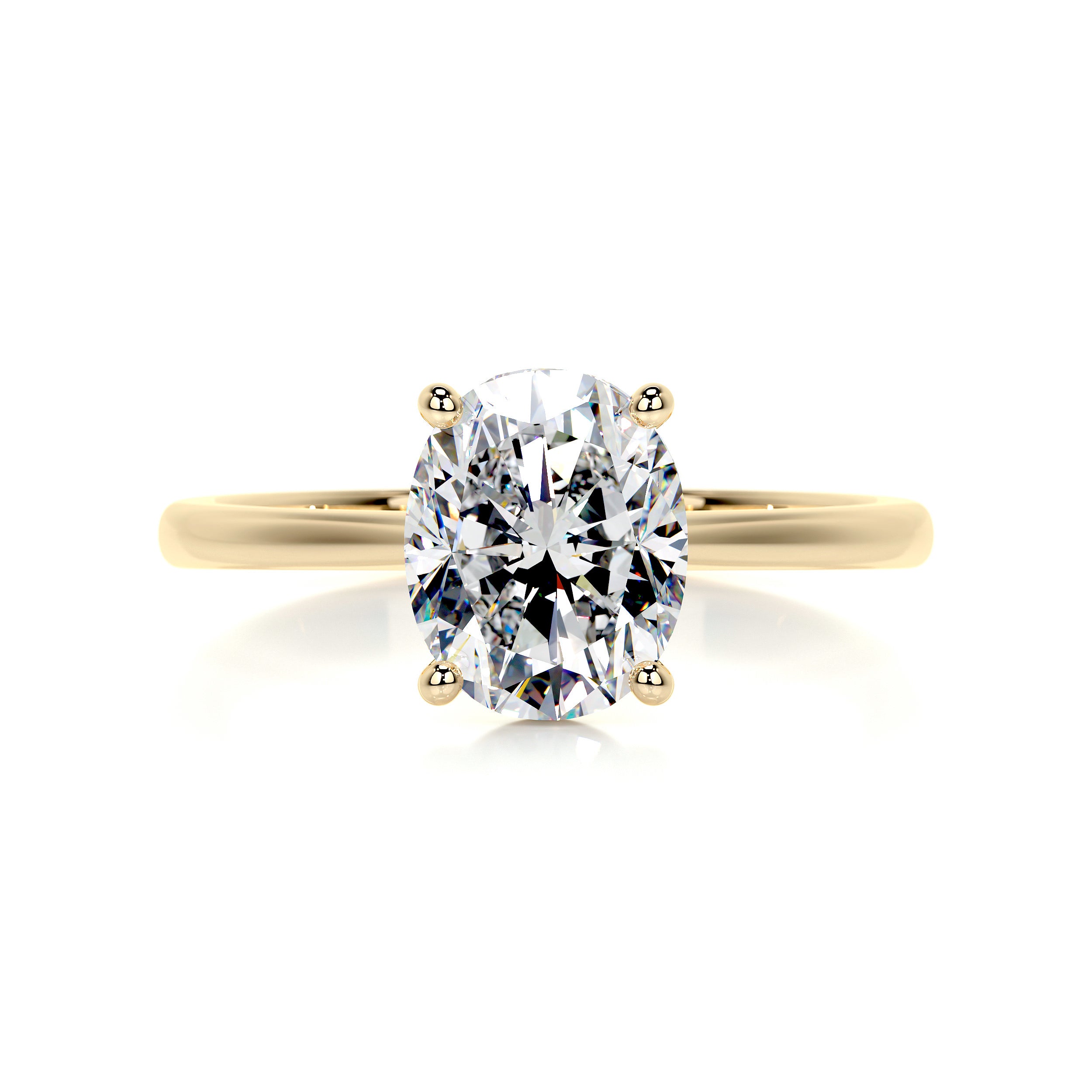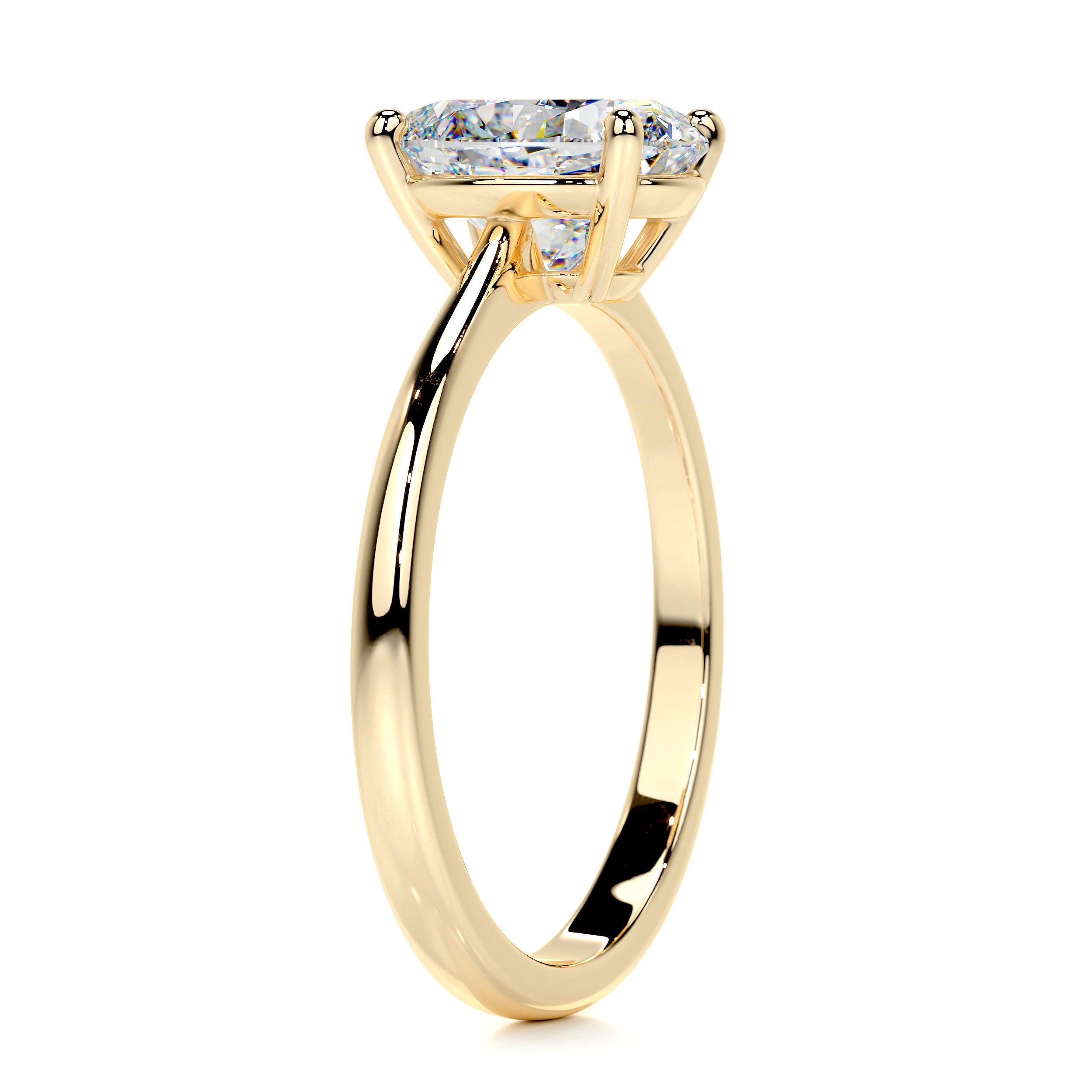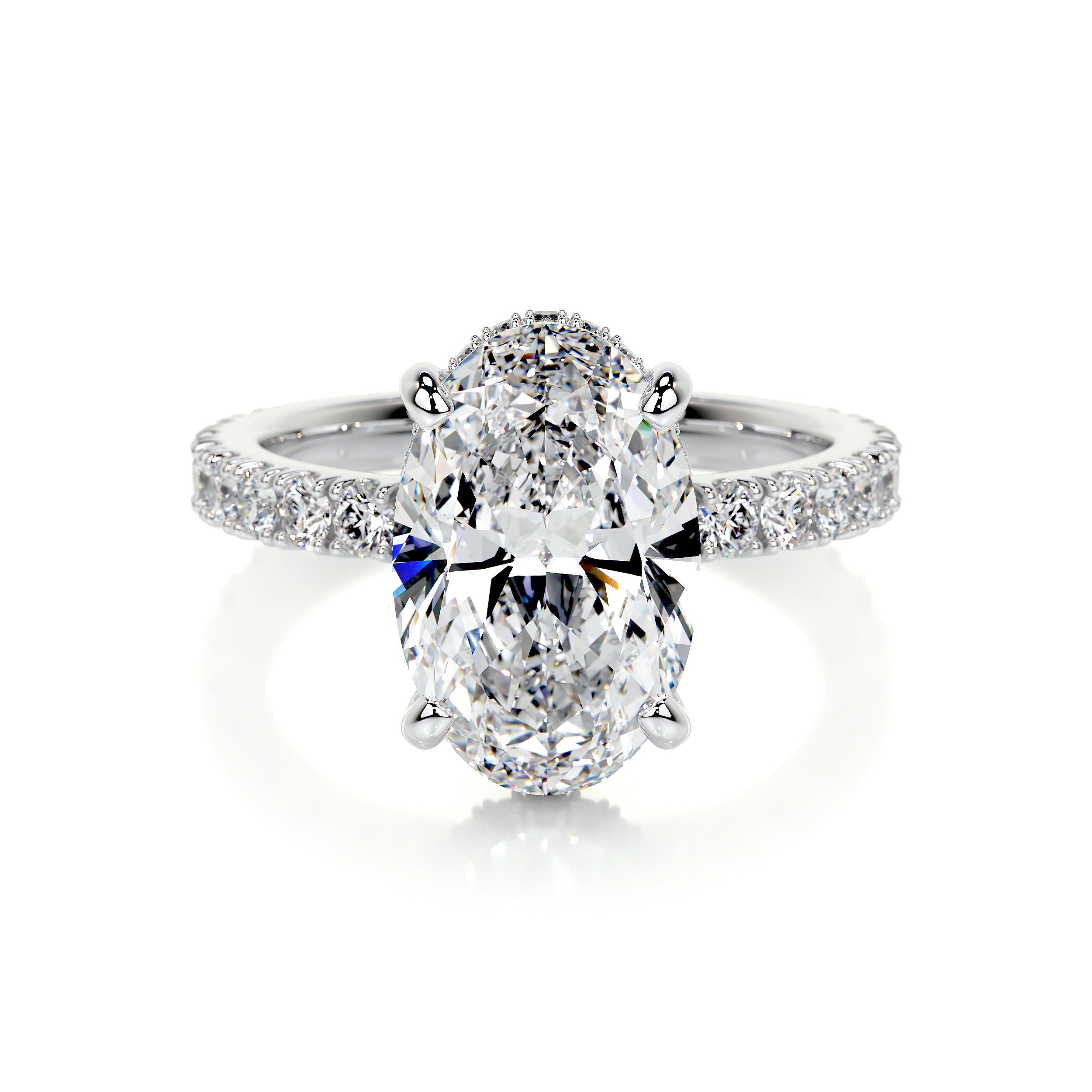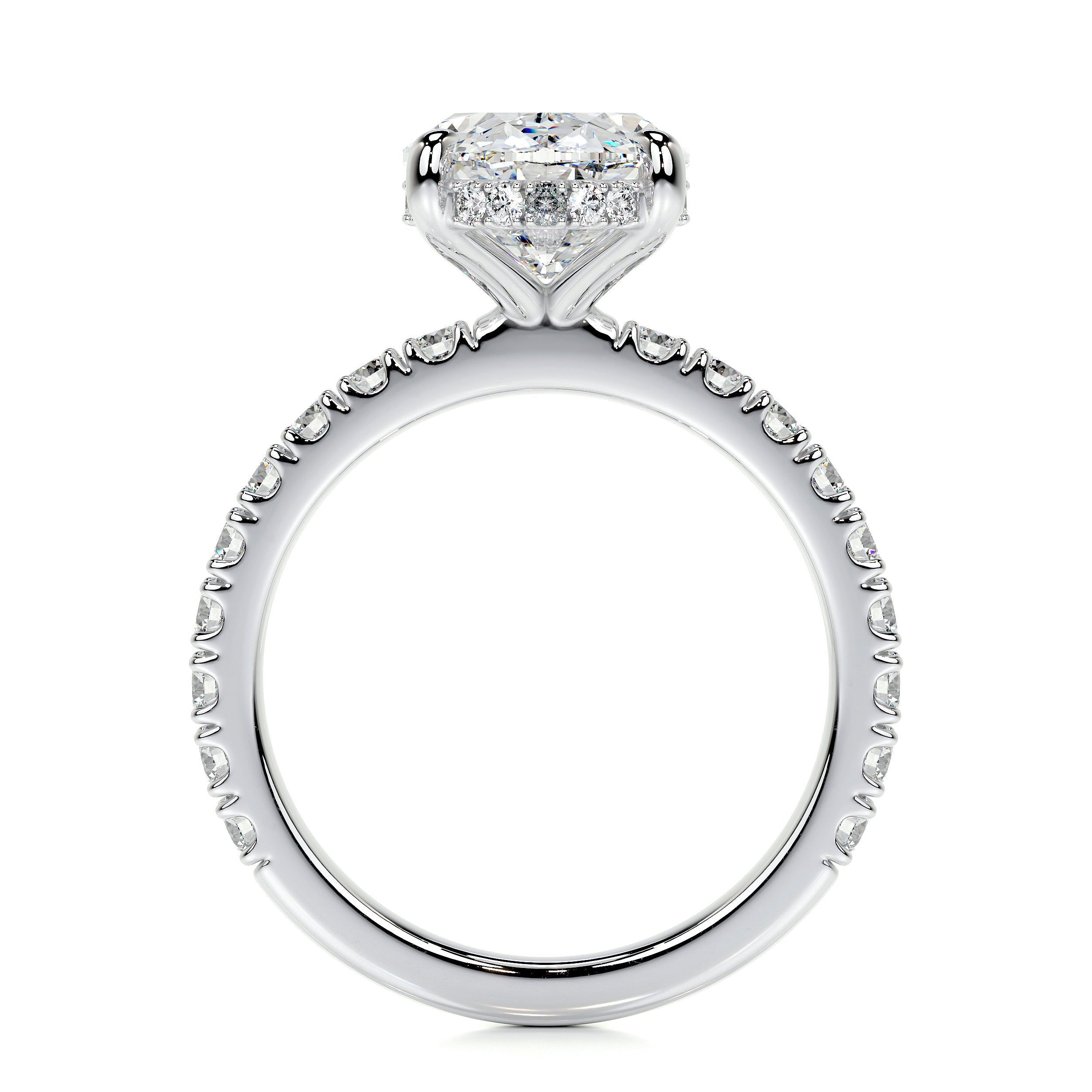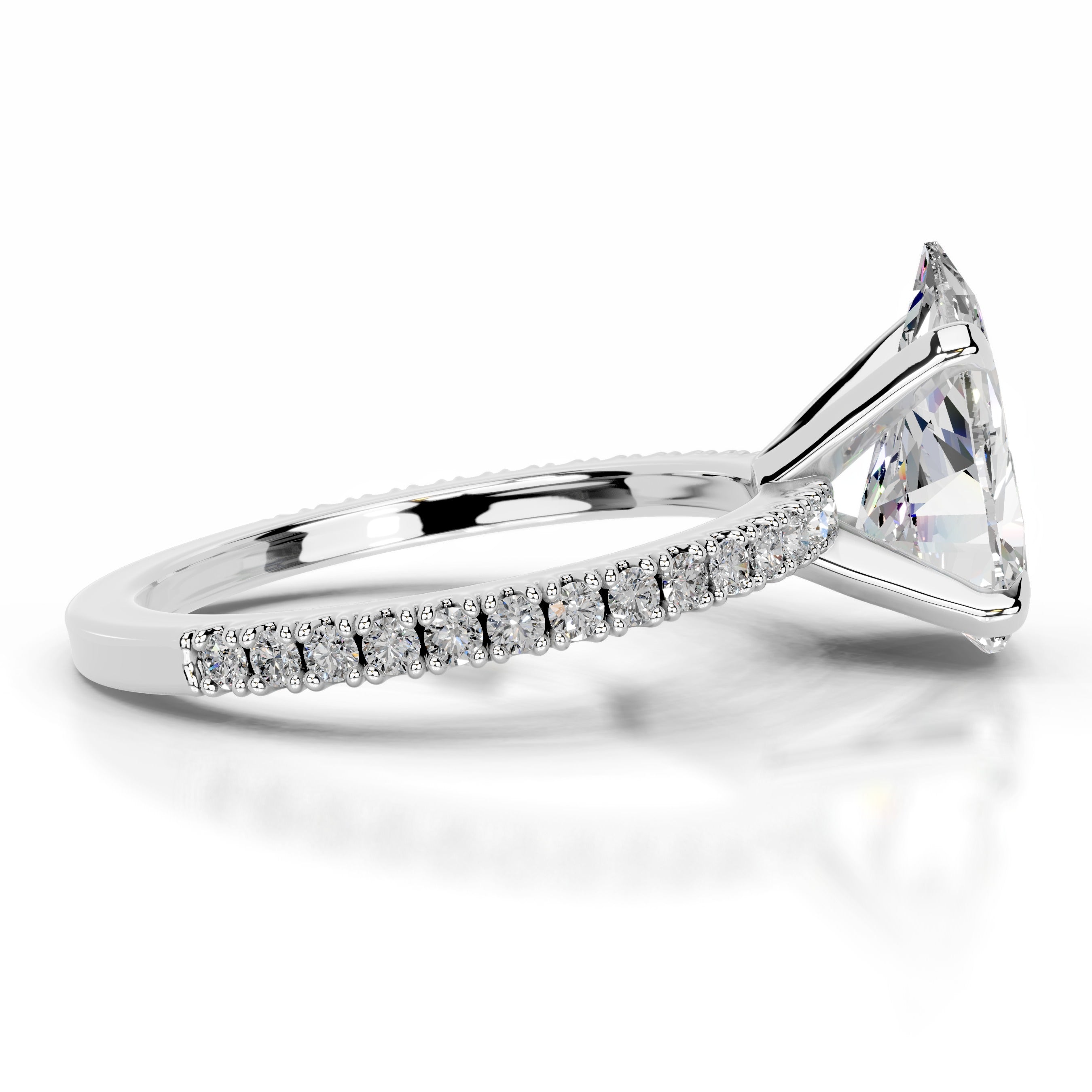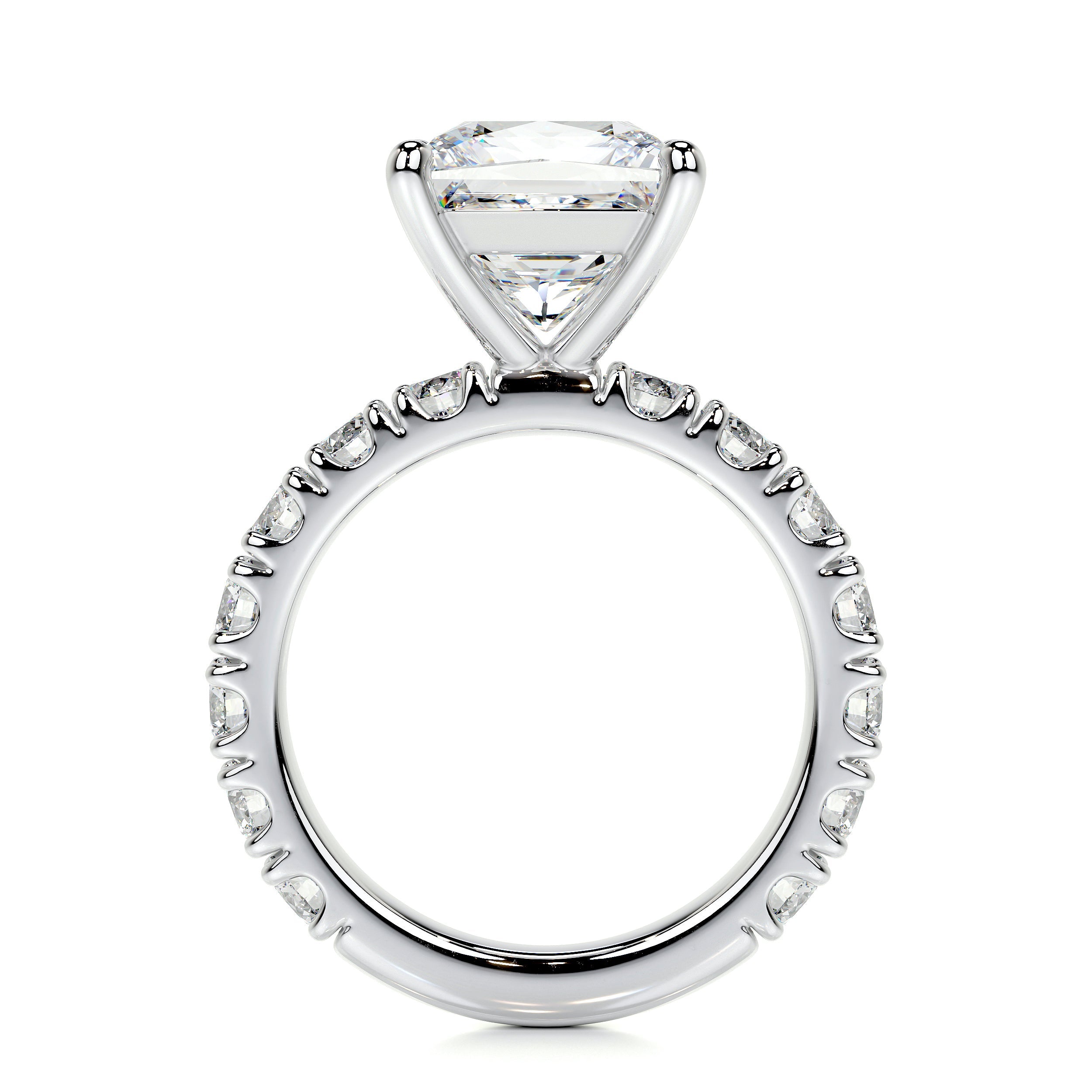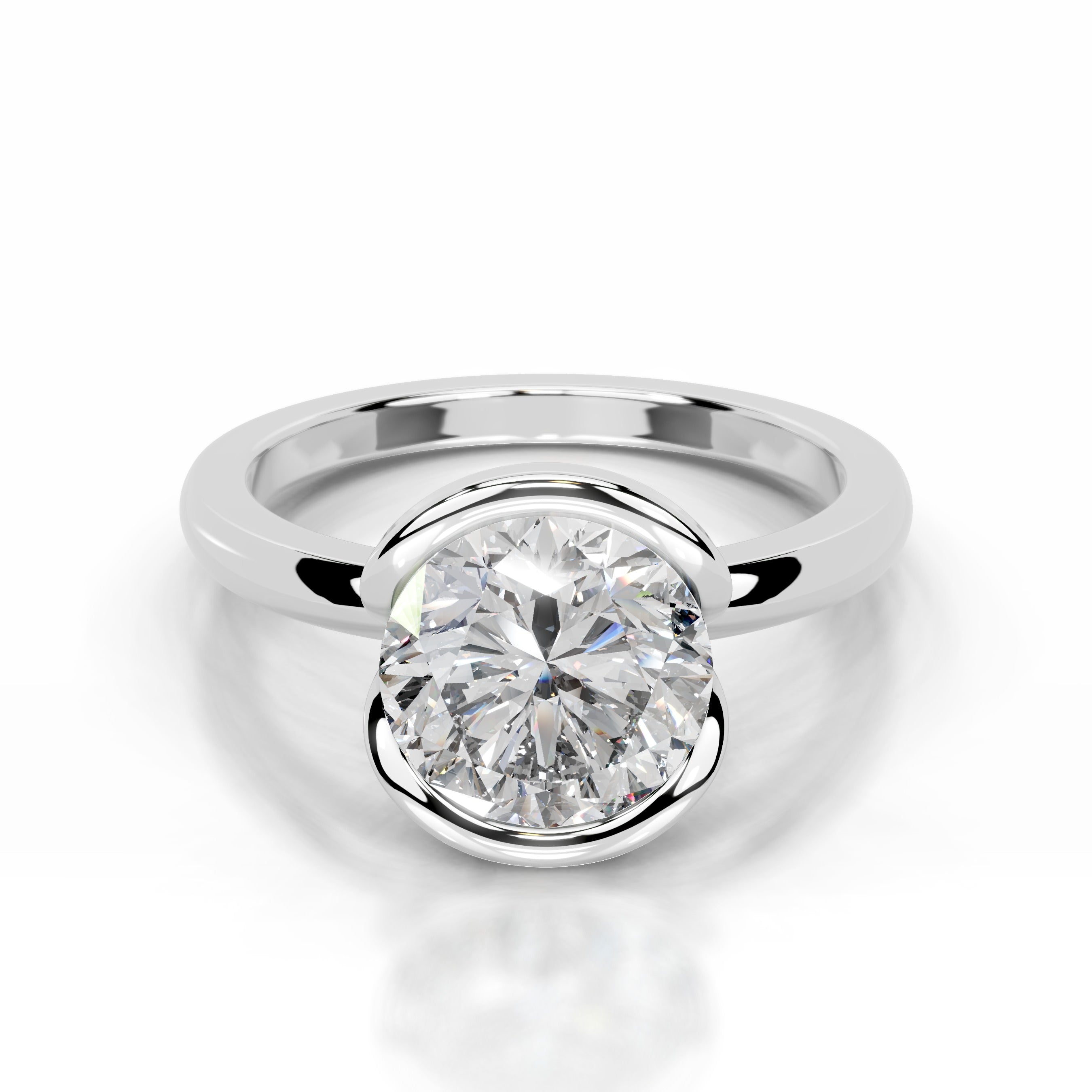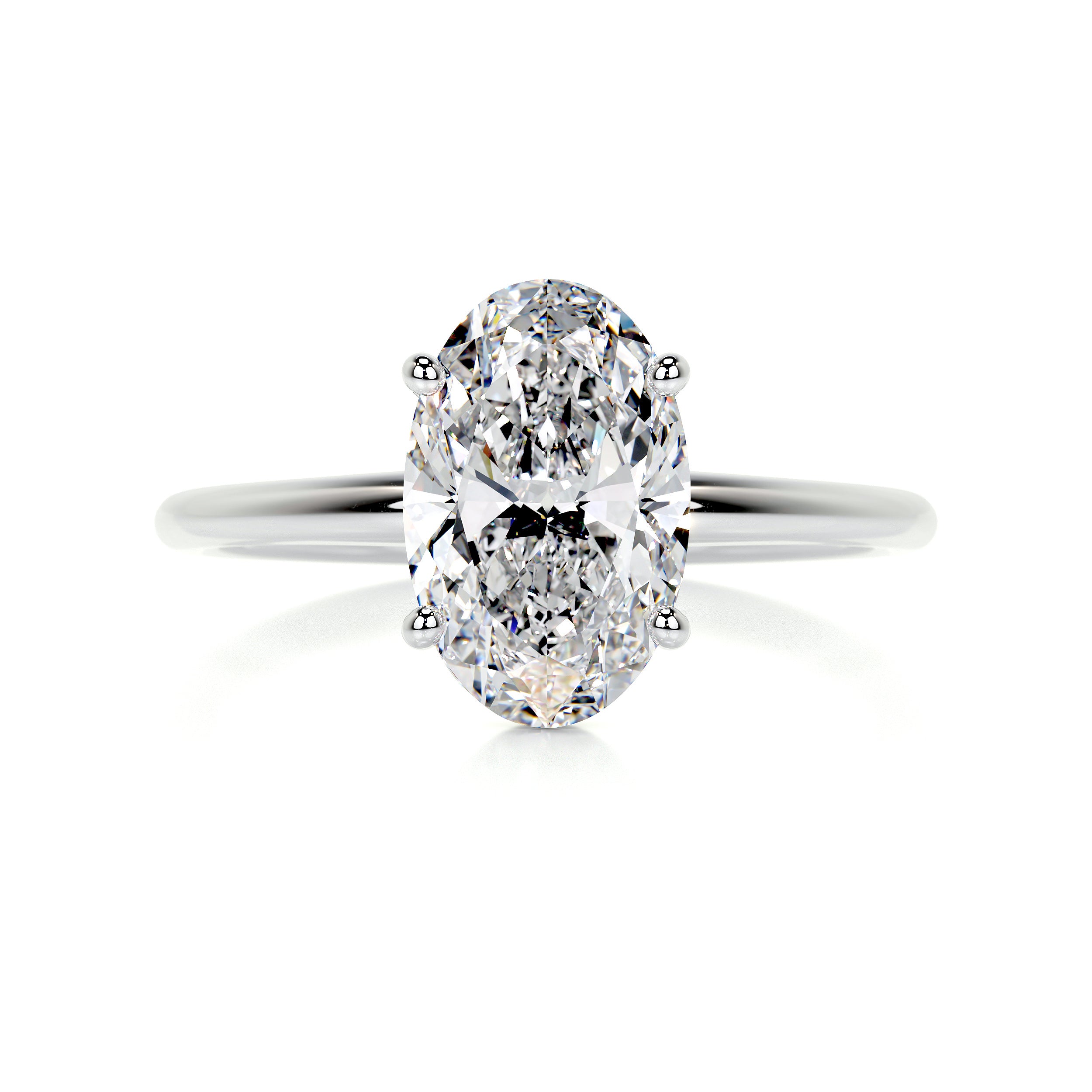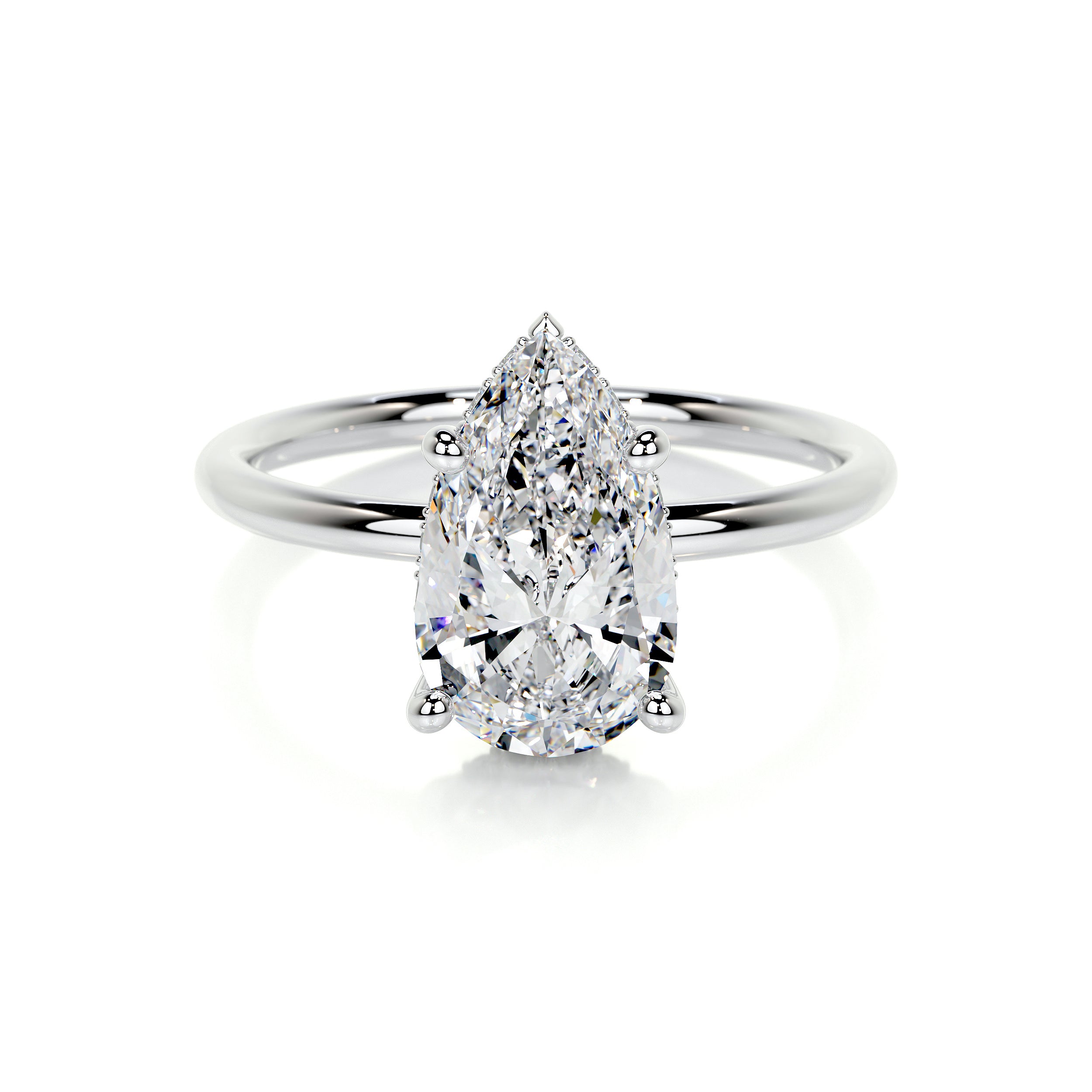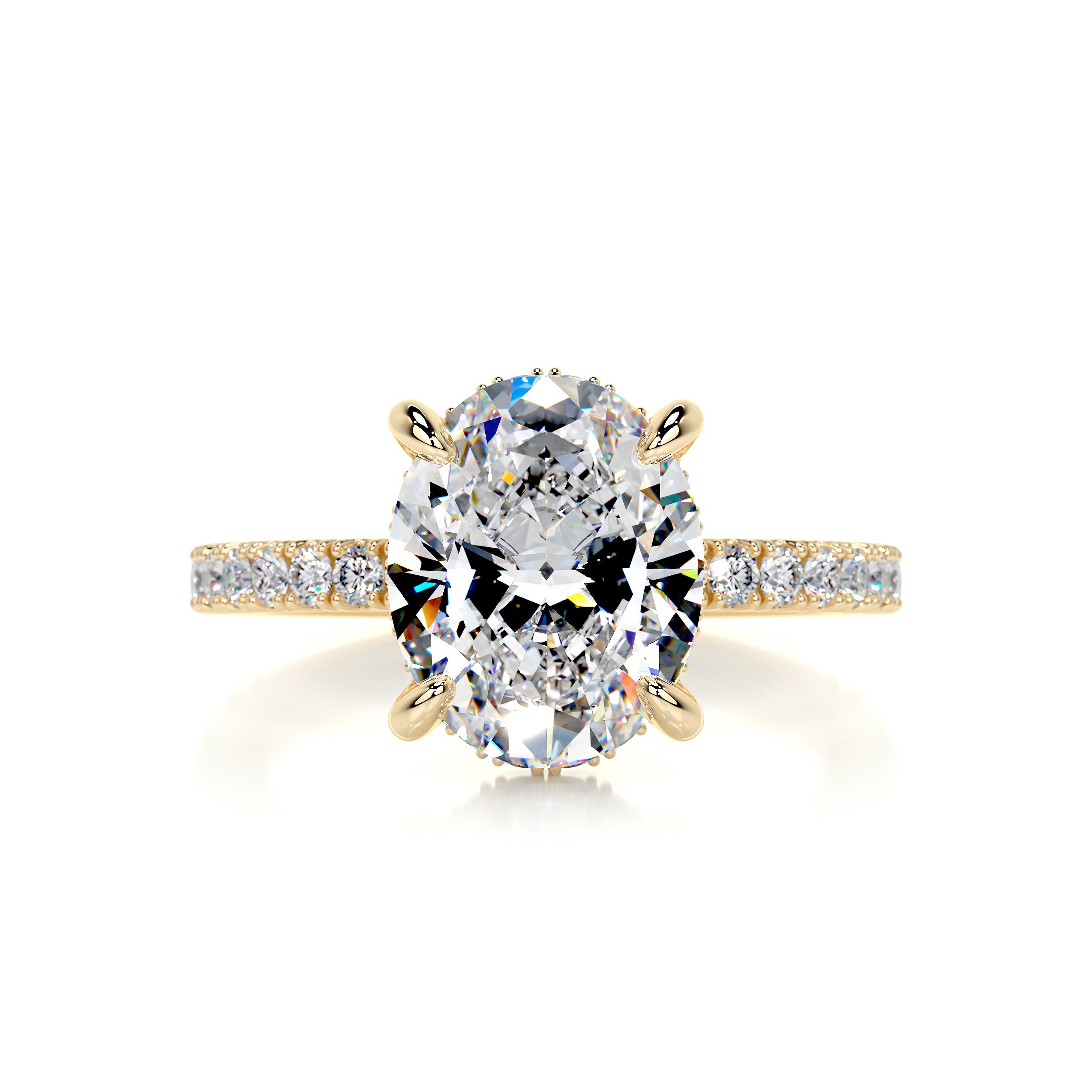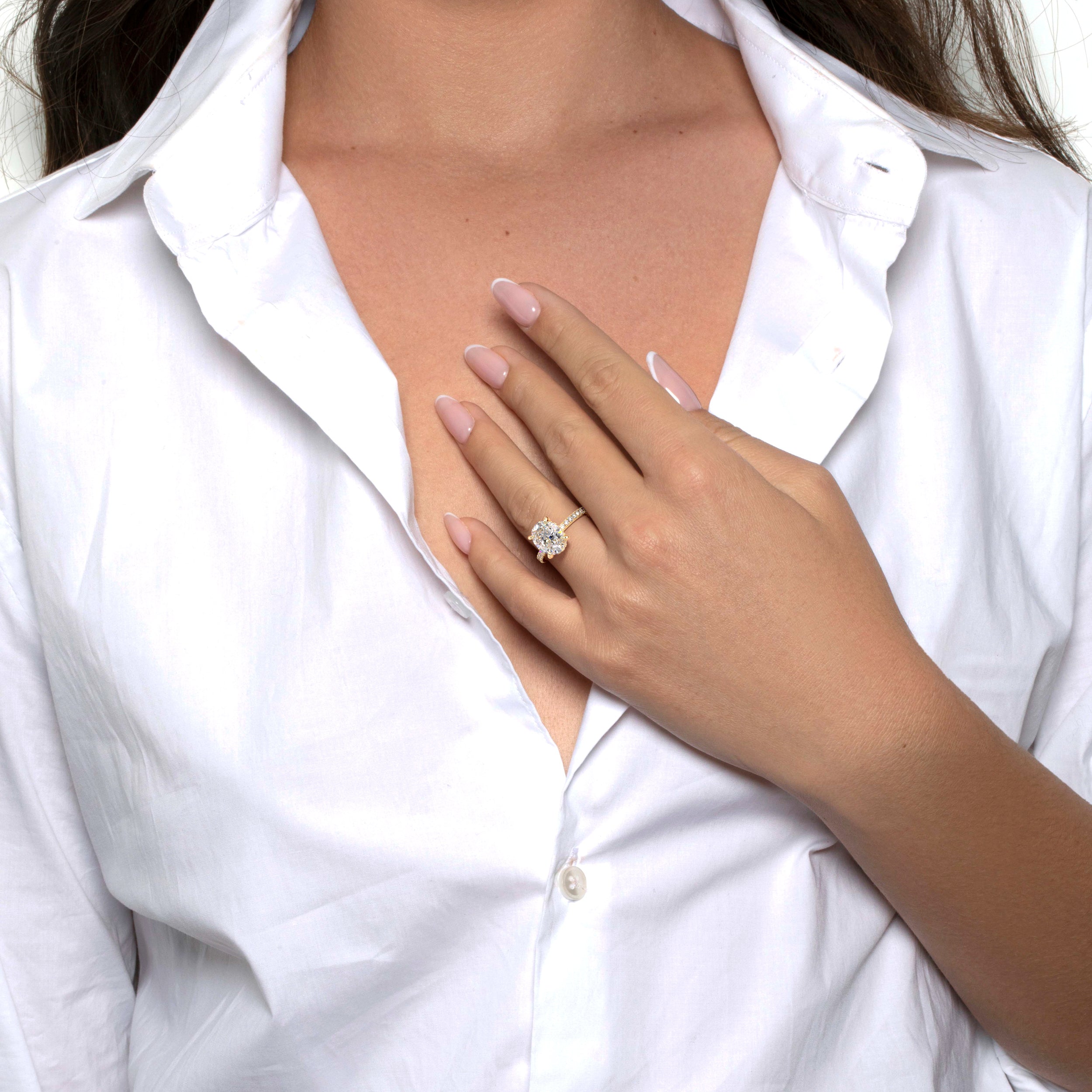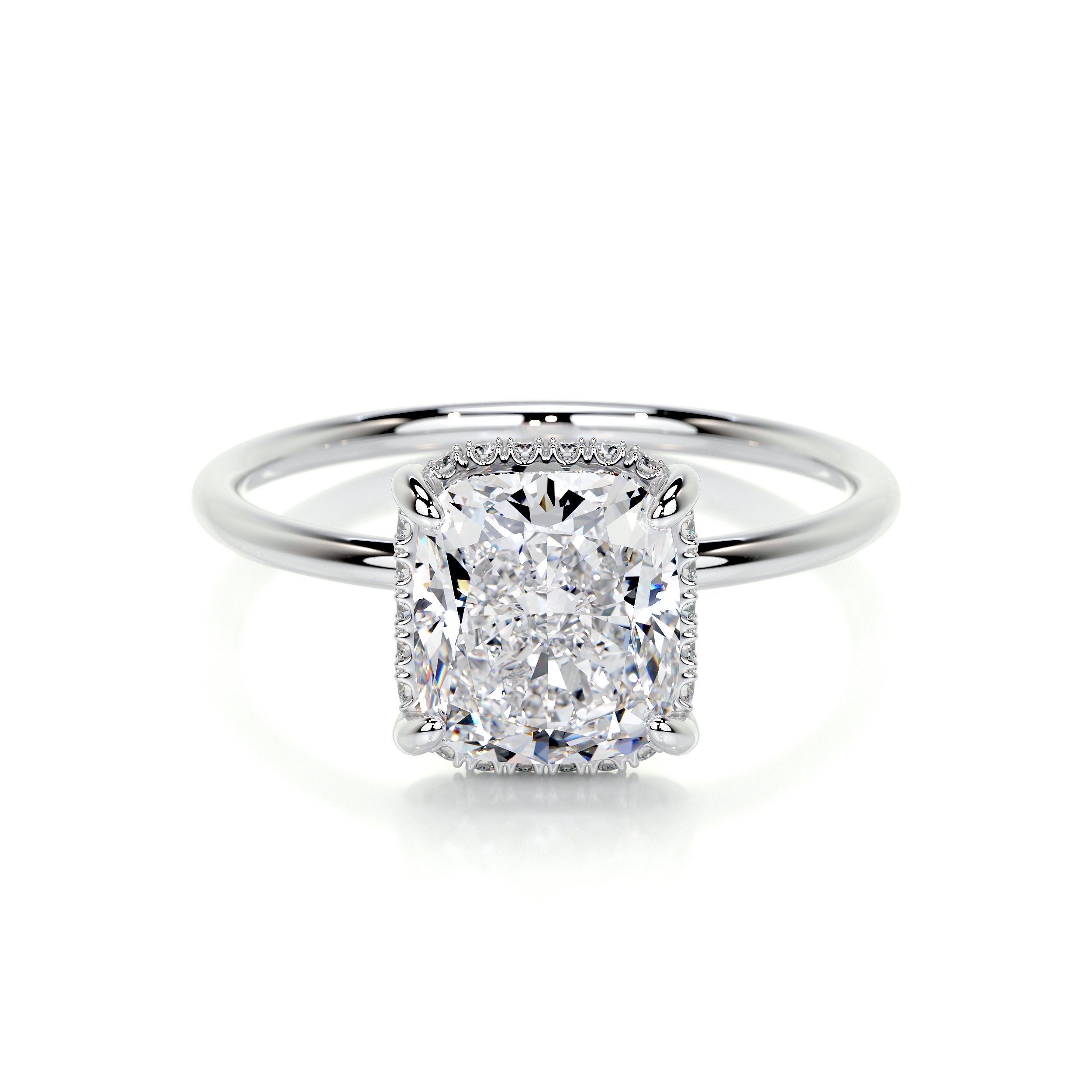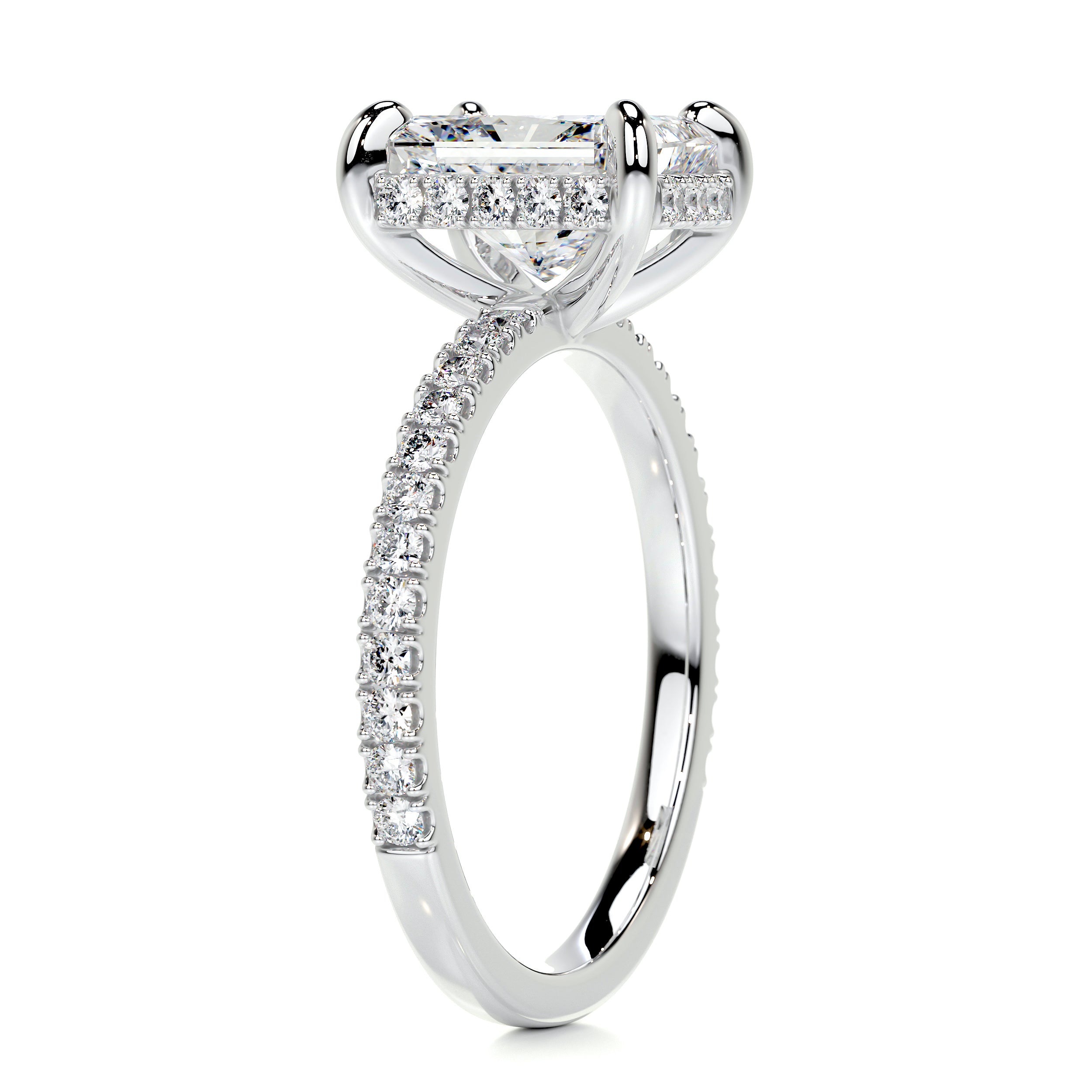A VVS diamond grade is an enviable diamond clarity rating. But what exactly does it mean, and how does it fit into all the other diamond clarity grades? In the case of a diamond’s VVS status, it means Very Very Slightly Included, and appears simply as VVS with an additional 1 or 2 to divide that ranking even more. Its acronym tells you it’s one of the highest clarity diamond types you’ll ever have the joy of inspectingor if you’re fortunate - of wearing and owning.
But first of all, we need to put this ranking in context with all the other diamond grades so we see exactly where it stands. Then we can put a VVS diamond into perspective with other diamonds of different clarity grades.

The 4Cs Are Foundational
Fortunately for diamond shoppers, there is a universally recognized, systematic method for communicating all the quality characteristics of a diamond. They are memorialized in the 4Cs which stand for Color, Clarity, Carat Weight, and Cut. Each of these important traits—all together assists shoppers in understanding what traits their unique diamond has and why it is valued in the way it is.
This is not a new system, and all retailers, dealers, and suppliers speak about a diamond’s quality by using the 4Cs system.
History of the Grading System
Here is a bit of background about the other components of the 4Cs before we focus on the clarity component; Back in 1953, legendary gemologist Richard T. Liddicoat and other colleagues established the GIA (Gemological Institute of America) diamond grading system and clarity scale. This now globally utilized diamond grading scale is composed of 6 quality ranking categories and 11 diamond clarity grades.
Color is easy to understand. Ideally, we want a completely colorless—or ‘white’ diamond as they are called. But because diamonds are natural products each one is completely different.
Carat weight simply lets us know exactly how much our stone weighs. It’s a measure of its weight not size. So, keep that in mind.
Cut grades define the quality and precision of the cut and polish on the stone. Not all stones are cut to exact symmetry and fine polish levels. So, this grade establishes that factor.
But one of the key traits of the 4Cs is Clarity, which is the focus of our discussion here.
Clarity grading examines the absence or presence of any internal blemishes in the stone. It will also record exterior natural or man-created flaws on the exterior of the stone.
There are several levels of clarity grading. Let’s take a look at them all. Then when you see the clarity grade recorded on your stone, you’ll know where it fits into the whole system. And you’ll be able to see why it is ranked the way it is. From the lowest rank to the highest, let’s look at the various clarity grades of a diamond.
I1, I2, I3 Included; these diamonds have obvious inclusions that are likely to be visible to the naked eye and impact beauty—and possibly its integrity
SI1, SI2 Slightly Included; These are noticeable at 10x magnification but if eye clean, SI diamonds can represent the best value. SI2 inclusions are often detectable to a trained unaided eye but do not greatly impact the overall beauty
VS1, VS2 Very Slightly Included; Minor inclusions ranging from hard to somewhat easy to observe under 10x magnification
VVS1, VVS2 Very, Very Slightly Included; These diamonds have minuscule inclusions that are difficult for even trained eyes to observe under 10x magnification. VVS diamond clarity is quite rare and gives the impression of an eye clean appearance. They are hard to find and exceptionally beautiful.
(IF) Internally Flawless; These stones may have minute surface blemishes that require a trained eye to be visible under a microscope. IF diamonds exhibit no internal inclusions, so only surface characteristics will set the grade
(FL) Flawless; The rarest of the rare; these diamonds exhibit no internal or external characteristics to grade. Less than 1% of all diamonds produced carry the FL clarity rating.

How to Interpret the Clarity Scale
So, you can see how the ranking goes from (I) or Included which are the lowest and most included of diamonds on the market, to the rarest of the rare, (FL) or Flawless which are perfect in every way. With each step up the rank, the diamond’s rarity increases exponentially. When we look at VVS diamonds, which are exquisite and hard to find, we understand what an exceptional stone this is. With so few diamonds receiving a VVS status, you know that a VVS stone is superior to most other people’s diamonds. And added to that, the beauty of a VVS diamond surpasses most other diamonds.
There’s a reason why a VVS diamond is more noticeable in its brilliance and beauty than other diamonds with a lower clarity ranking. With every inclusion, whether it is light or dark, and regardless of its placement on the stone, each has an impact on light performance. The more included a stone is, the less brilliantly it handles the light with reflections, dispersion, and scintillation. Very simply, every small inclusion impacts the total sparkle of a ring.
If you are fortunate enough to own a VVS clarity graded diamond, you have a special jewel that few other women own. This stone dazzles with a light return to the eye and is nearly free of any brilliance-inhibiting inclusions. A VVs diamond is coveted by diamond collectors because of its rarity and resulting beauty. It reflects on your understanding of diamonds magnificently!
